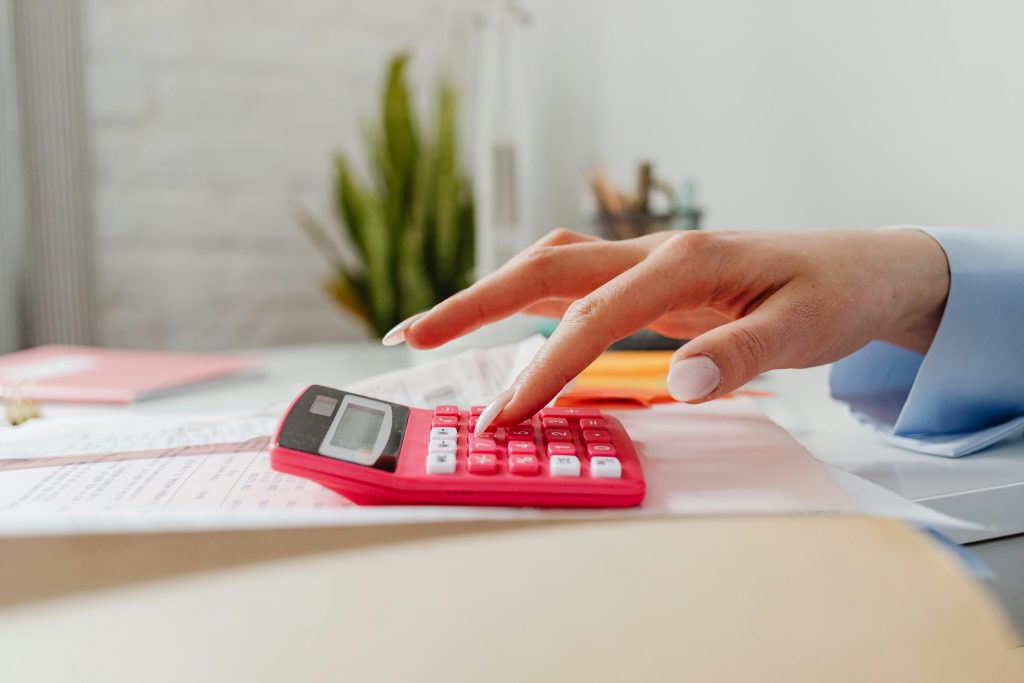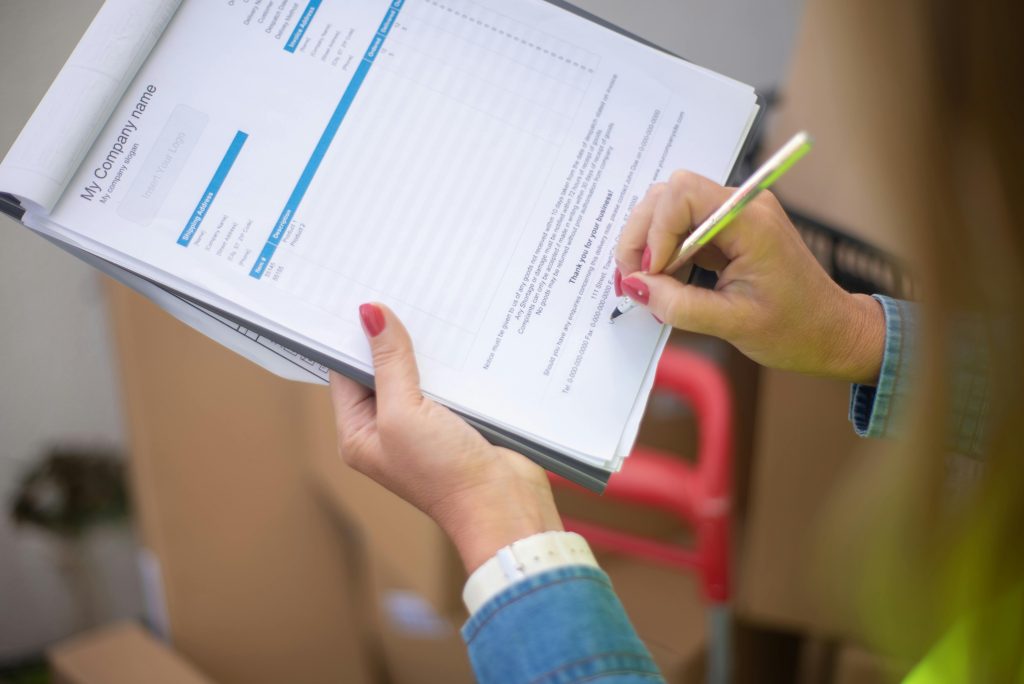Introduction
Managing rental income should not be a full-time job. Whether you own one property or manage a large portfolio, automating rent payments is one of the smartest ways to save time, reduce missed payments, and streamline your cash flow. In today’s digital-first world, tenants expect convenience—and landlords benefit from predictability and fewer manual tasks.
But what’s the most efficient process to get automated rent payments up and running? In this guide, we’ll walk you through everything from choosing the right payment system to onboarding tenants and ensuring compliance.
Why Automate Rent Payments?
Automating rent collection offers benefits to both landlords and tenants:

For Landlords:
- On-time payments with fewer delays or excuses
- Less admin work—no more chasing tenants or manually recording transactions
- Improved cash flow visibility through tracking dashboards
- Reduced human error and fewer disputes over late fees or amounts
- Easy integration with accounting tools and property management systems
For Tenants:
- Convenience and peace of mind
- Fewer late fees
- Access to digital receipts and payment history
- Ability to choose preferred payment methods (credit, debit, ACH, etc.)
Step-by-Step: Setting Up Automated Rent Payments Efficiently
Step 1: Choose the Right Payment Platform
Not all rent payment systems are created equal. Choose one that offers automation, scalability, and compliance.
Features to Look For:
- Recurring payment setup
- Automatic reminders and late fee enforcement
- Bank-grade security and encryption
- Tenant portal access
- Mobile-friendly interface
- Integration with accounting or property management software
- Support for multiple properties and units
Popular Options:
- PayProp
- Buildium
- Stessa
- Rentec Direct
- Direct debit with Stripe or GoCardless (for custom setups)
- Bank autopay or scheduled transfers
Tip: If you manage multiple properties, opt for a full-service Property Management System (PMS) with integrated rent collection.
Step 2: Set Clear Payment Terms and Communicate with Tenants
Before activating automation, ensure all tenants understand:

- Payment frequency and due dates (e.g., monthly on the 1st)
- Accepted payment methods
- Automatic payment schedule (when and how payments are deducted)
- Late fee policy and grace period (if any)
- Steps to update or cancel payment methods
Provide this information in writing during lease signing or renewal. Include it in your tenant welcome packet or send a digital info sheet.
Step 3: Collect Tenant Information Securely
To set up automated payments, you’ll need certain tenant details. Depending on the platform, this may include:
- Name and contact info
- Bank account or card details
- Consent to auto-debit or recurring payments
- Optional: billing address and identification for KYC verification
Important: Use platforms that encrypt and securely store sensitive data. Avoid collecting financial information via email or spreadsheets.
Step 4: Enable and Configure Recurring Payments
Once tenants are enrolled:
- Log in to your payment platform
- Add or link the tenant’s details to their rental unit
- Set the monthly rent amount and recurring schedule (e.g., auto-debit on the 1st of every month)
- Enable automatic receipts and reminders
- Test with a single payment or dummy tenant to ensure everything works
Some systems allow tenants to manage their own payment methods and set up reminders via SMS or email.
Step 5: Automate Late Fees and Payment Tracking
Many platforms let you configure automatic late fees, grace periods, and notifications. Set this up to enforce rent collection policies fairly and consistently.
Benefits of automation here:
- No awkward conversations or manual calculations
- Legal compliance with tenancy agreements
- Easier record-keeping for reporting or legal needs
Also, ensure the system updates tenant ledgers in real time, making it easy to generate rent rolls or financial statements.
Step 6: Sync with Accounting or Tax Tools
Connect your rent payment system with bookkeeping software like:

- Xero
- QuickBooks
- Zoho Books
- FreshBooks
This allows you to:
- Automate income tracking
- Generate tax reports
- Reconcile payments effortlessly
- Share clean records with your accountant
Bonus Tip: Use custom labels or categories (e.g., “Rent: Unit A2”) to simplify reporting.
Step 7: Monitor, Optimize, and Scale
Once automation is in place:
- Review payment reports monthly
- Track failed payments or declined cards
- Optimize reminder schedules if needed
- Encourage tenants to update expired cards or bank details
If you manage multiple properties or plan to scale, choose systems that allow multi-property management, customizable dashboards, and team roles for assistants or accountants.
Compliance and Legal Considerations
- Written consent for automatic debits is essential
- Ensure systems comply with Australian Consumer Law (or local regulations)
- Avoid charging unauthorized processing fees unless stated in the lease
- Retain digital records for at least 7 years (for tax and dispute resolution)
Always consult with a legal advisor or property management expert if unsure.
Conclusion
Automating rent payments is one of the most impactful upgrades you can make to your property management workflow. With the right tools and process, you can reduce stress, increase reliability, and improve your relationships with tenants.

By following a clear step-by-step approach—selecting the right platform, onboarding tenants securely, and integrating with your back-office systems—you can set up a rent collection process that runs smoothly month after month.




